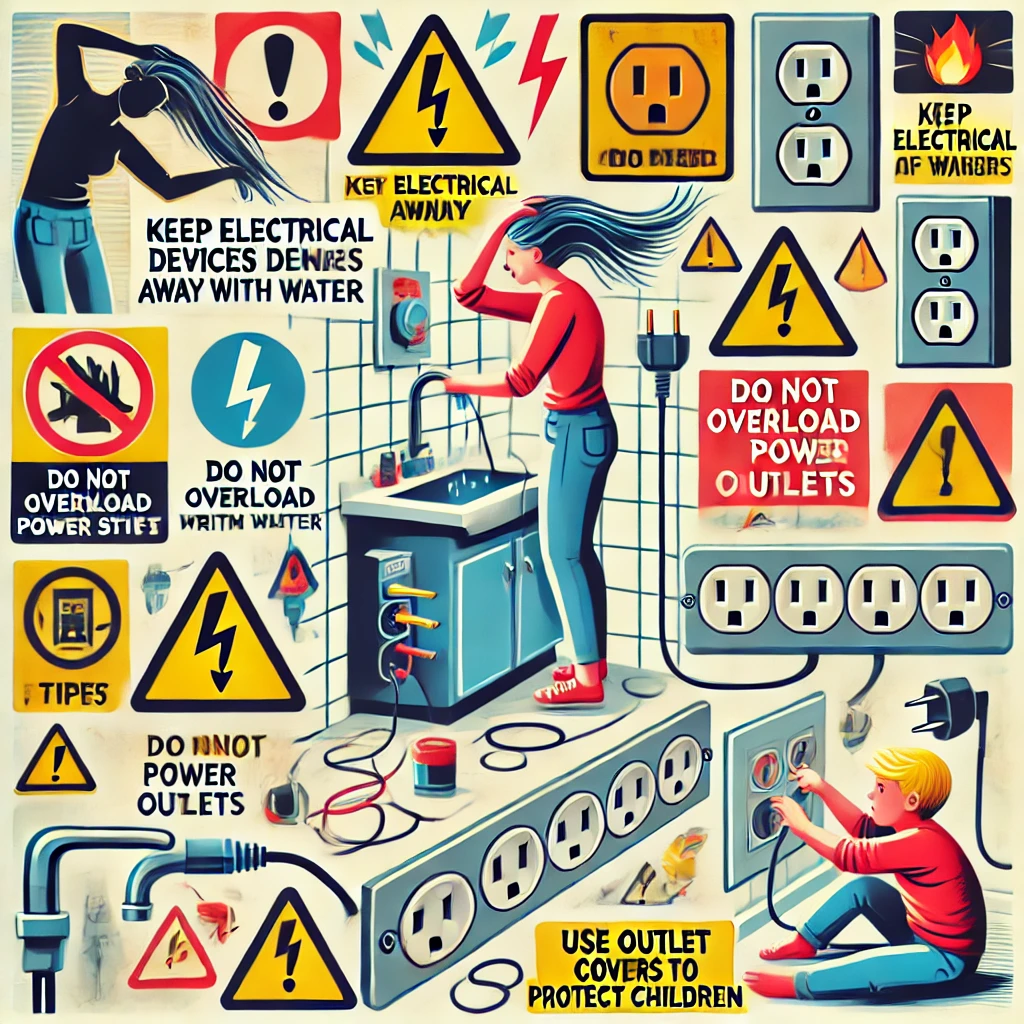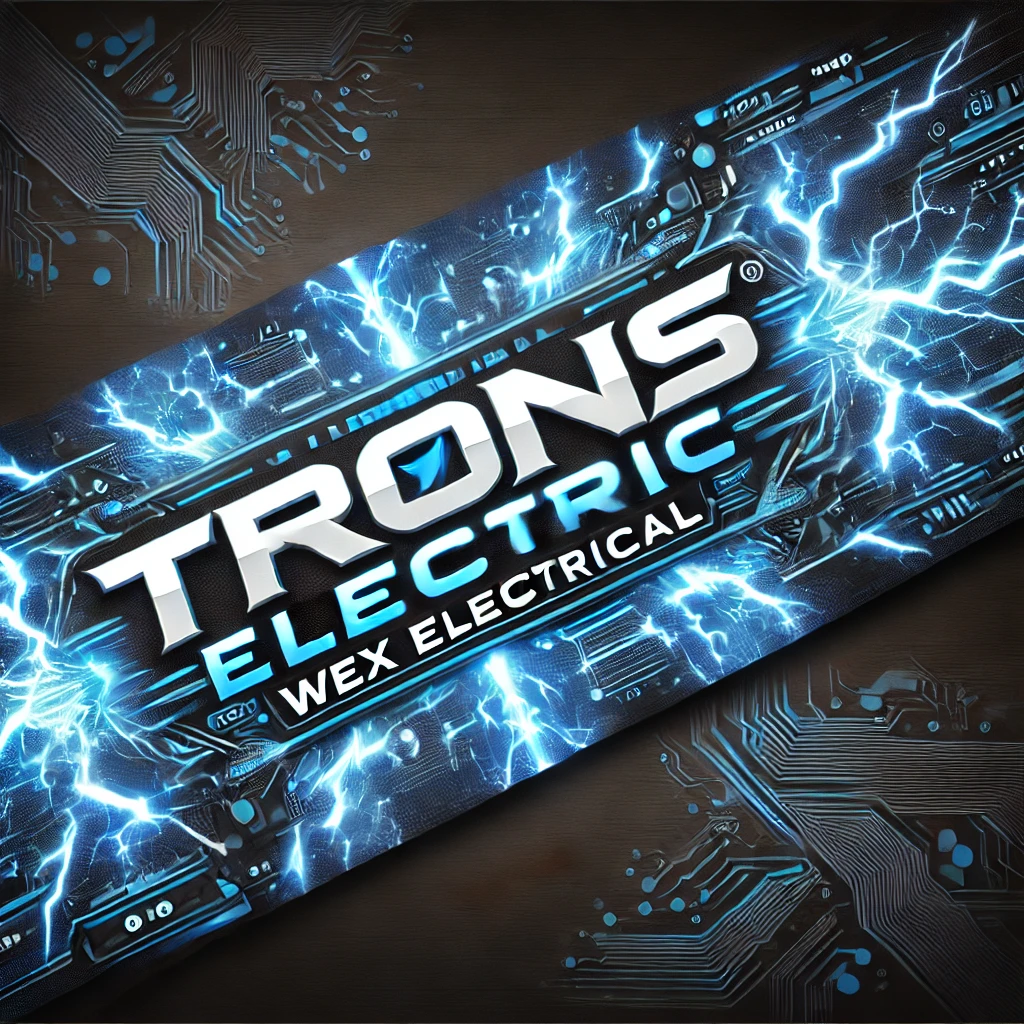Electrical Megnetic Fields

Electromagnetic fields (EMF) are present everywhere in our environment, both naturally and from human-made sources like electrical appliances, Wi-Fi routers, cell phones, and power lines. The potential harmful effects of EMF exposure have been the subject of ongoing scientific research. Here are some concerns that have been raised:
1. **Cancer Risk:** – **Radiofrequency (RF) EMF:** Some studies suggest a potential link between long-term exposure to high levels of RF EMF (from cell phones, for instance) and an increased risk of certain types of cancer, such as glioma (a type of brain cancer). However, this link is still debated, and large-scale studies have produced mixed results. – **Low-Frequency EMF:** There is some evidence that long-term exposure to low-frequency EMF, such as that from power lines, may be associated with an increased risk of childhood leukemia. However, this is not conclusively proven.
2. **Neurological Effects:** – Some research suggests that EMF exposure, particularly from devices like mobile phones, could impact brain function, potentially leading to issues like headaches, dizziness, memory problems, and sleep disturbances. However, findings are inconsistent, and more research is needed.
3. **Reproductive Health:** – There are concerns that prolonged exposure to EMF could affect reproductive health, potentially reducing sperm quality in men and affecting fetal development in pregnant women. Again, evidence is mixed and not definitive.
4. **Electromagnetic Hypersensitivity (EHS):** – Some individuals report symptoms like headaches, fatigue, stress, and skin reactions they believe are caused by EMF exposure. While these symptoms are real, scientific studies have not consistently found a direct link between EMF exposure and these symptoms, suggesting they may be due to other factors.
5. **Effects on Children:** – Children are considered more vulnerable to EMF exposure due to their developing brains and bodies. Some studies suggest that children exposed to high levels of EMF, especially from mobile devices, could be at a higher risk of cognitive and behavioral problems.6. **Other Potential Effects:** – There is ongoing research into other possible effects of EMF exposure, including impacts on the cardiovascular system, immune function, and endocrine system. However, conclusive evidence is still lacking.### Regulatory GuidelinesRegulatory bodies like the World Health Organization (WHO), the International Commission on Non-Ionizing Radiation Protection (ICNIRP), and others have set guidelines for EMF exposure to protect public health. These guidelines are based on current scientific evidence and are designed to minimize any potential risks associated with EMF exposure.In conclusion, while there is concern about the potential harmful effects of EMF exposure, much of the evidence is inconclusive or controversial. As research continues, it is important to follow recommended safety guidelines and stay informed about new findings.
Electrical Safety 101

Electrical safety is crucial for preventing accidents and ensuring that electrical systems operate safely and efficiently. Here are some key guidelines and practices for electrical safety in both residential and workplace settings:###
1. **General Safety Precautions:** – **Avoid Water:** Keep electrical devices and cords away from water sources. Never handle electrical equipment with wet hands.
– **Inspect Cords and Plugs:** Regularly check electrical cords and plugs for signs of wear or damage, such as fraying or exposed wires. Replace damaged cords immediately.
– **Use Proper Outlets:** Ensure that all electrical devices are plugged into appropriate outlets. Use Ground Fault Circuit Interrupters (GFCIs) in areas where water is present, such as bathrooms, kitchens, and outdoor spaces.
– **Overloading Outlets:** Avoid overloading outlets with multiple devices. Use power strips with built-in circuit breakers if you need to plug in multiple devices.
– **Proper Use of Extension Cords:** Use extension cords only temporarily and make sure they are rated for the electrical load they will carry. Do not run extension cords under carpets or rugs where they can overheat.###
2. **Workplace Electrical Safety:** – **Lockout/Tagout (LOTO):** Use lockout/tagout procedures to ensure that electrical equipment is de-energized and cannot be accidentally turned on while maintenance or repairs are being performed.
– **Personal Protective Equipment (PPE):** When working with electrical systems, wear appropriate PPE, such as insulated gloves, safety glasses, and flame-resistant clothing.
– **Training:** Employees should receive regular training on electrical safety practices, including how to respond to electrical emergencies and how to use equipment safely.
– **Regular Inspections:** Conduct regular inspections of electrical equipment, wiring, and outlets to identify potential hazards and ensure compliance with safety regulations.
– **Proper Grounding:** Ensure that all electrical systems and equipment are properly grounded to prevent electrical shock.###
3. **Household Electrical Safety:** – **Childproofing:** Install outlet covers or use tamper-resistant outlets to prevent children from inserting objects into outlets.
– **Use of Appliances:** Follow manufacturer instructions for the use and maintenance of electrical appliances. Unplug appliances when not in use.
– **Circuit Breakers:** Know where your circuit breaker panel is located and how to turn off the power in case of an emergency. Make sure the panel is easily accessible.
– **Surge Protectors:** Use surge protectors to protect sensitive electronics from voltage spikes and surges.###
4. **Emergency Preparedness:**
– **Know Emergency Numbers:** Be familiar with emergency contact numbers and how to access emergency services in case of an electrical incident.
– **First Aid for Electric Shock:** If someone is shocked, do not touch them directly. Turn off the power source if possible, and use a non-conductive object to move the person away from the electrical source. Call emergency services immediately.###
5. **Electrical Fire Safety:**
– **Use the Correct Fire Extinguisher:** For electrical fires, use a Class C fire extinguisher, which is designed for electrical equipment. Never use water to extinguish an electrical fire.
– **Smoke Detectors:** Install smoke detectors in your home and workplace, especially near electrical panels and equipment. Test them regularly and replace the batteries as needed.
– **Unplugging Devices:** If a device emits sparks, smoke, or unusual odors, unplug it immediately if it is safe to do so, and do not use it until it has been inspected by a qualified professional.###
6. **Proper Installation and Maintenance:** – **Qualified Electricians:** Always use a qualified electrician for installation, maintenance, and repair of electrical systems. Do not attempt to perform electrical work yourself unless you are trained and qualified.
– **Building Codes:** Ensure that all electrical work complies with local building codes and regulations. This includes the installation of wiring, outlets, and circuit breakers.By following these guidelines, you can significantly reduce the risk of electrical accidents and ensure a safer environment at home and at work.
More information on what an Electrical Field is

An electromagnetic field (EMF) is invisible to the human eye, but it can be visualized conceptually through illustrations or simulations. Here’s a description of what an electromagnetic field might look like if it were visible:
### **Electric Field:**- **Representation:** Electric fields are often represented as lines that emanate from charged objects. For example, if you have a positively charged object, the electric field lines would radiate outward in all directions from the charge. Conversely, for a negatively charged object, the lines would converge toward the charge.
– **Direction:** The direction of the electric field lines indicates the direction a positive test charge would move. The lines are closer together where the field is stronger and farther apart where it is weaker.
### **Magnetic Field:**
– **Representation:** Magnetic fields are often depicted as loops or curved lines that wrap around magnetic objects. For example, around a bar magnet, the magnetic field lines would emerge from the magnet’s north pole and loop around to enter the south pole, forming closed loops.
– **Field Lines:** The density of these lines represents the strength of the magnetic field—the closer the lines, the stronger the field.
– **Interaction with Electric Field:** In an electromagnetic field, magnetic and electric fields are perpendicular to each other. If you visualize the electric field as lines radiating out or in, the magnetic field would be loops or circles surrounding these lines.
### **Electromagnetic Waves:**
– **Representation:** When an electromagnetic field propagates as a wave (such as light, radio waves, or X-rays), it can be visualized as oscillating electric and magnetic fields at right angles to each other and to the direction of wave propagation. If the wave is moving horizontally, the electric field might oscillate vertically, and the magnetic field might oscillate horizontally (but perpendicular to the direction of travel).
### **Color and Visualization (Conceptual):**
– **Color Representation:** Sometimes, different colors are used in visualizations to represent the different aspects of the field. For example, the electric field might be shown in blue and the magnetic field in red. However, these colors are purely illustrative, as EMFs are not actually visible.
### **Field Lines and Flux:**
– **Flux Visualization:** The strength of an electromagnetic field can be visualized using field lines or vectors. Denser lines or larger vectors indicate stronger fields. In 3D visualizations, these might be represented as a series of arrows pointing in the direction of the field, with varying lengths to indicate field strength.While this description provides a conceptual visualization, in reality, electromagnetic fields are not visible to the naked eye, and these representations are used for educational and analytical purposes.
